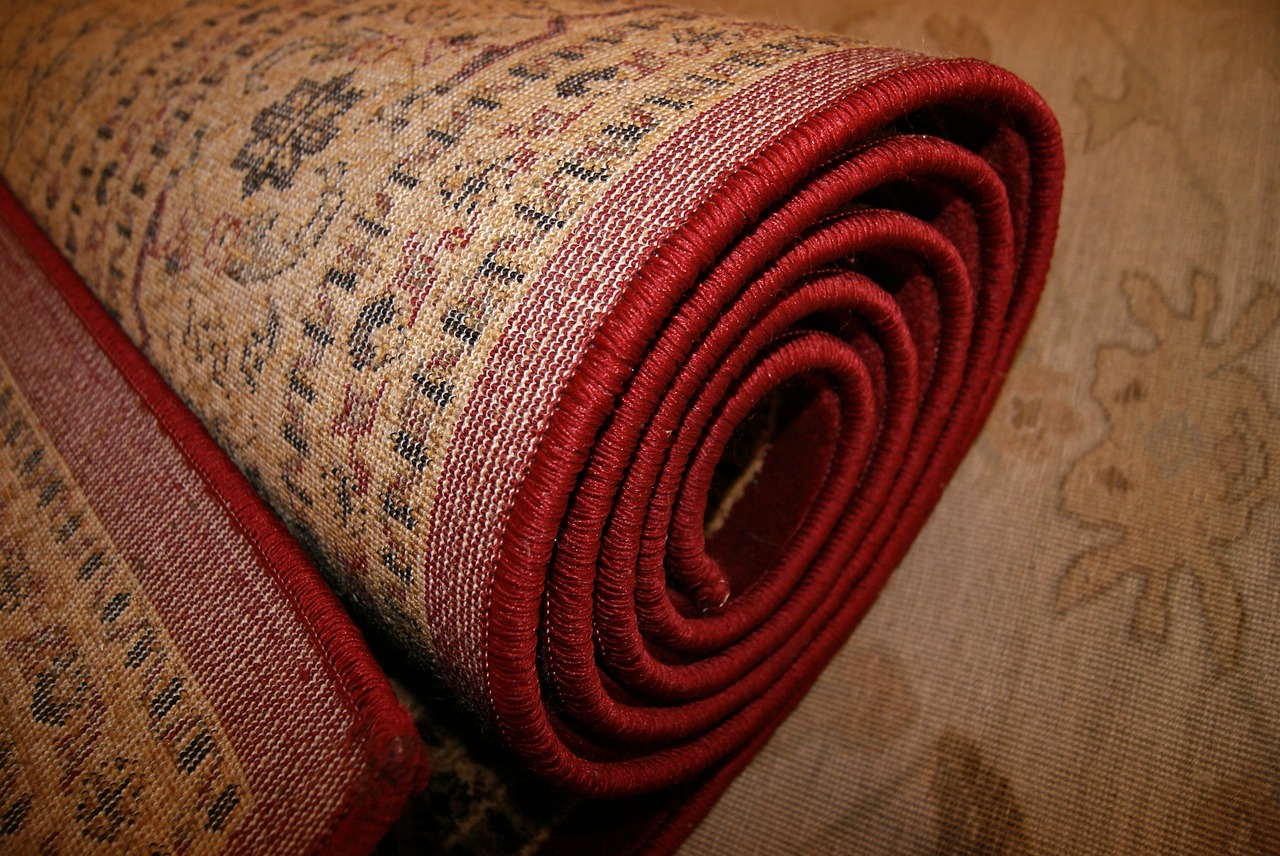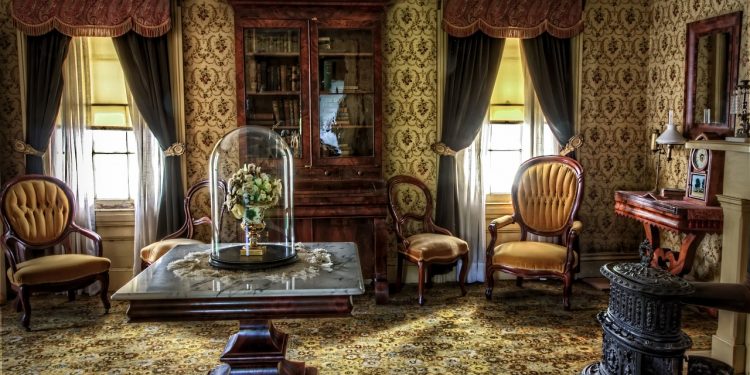If you live in a vintage home, you know that keeping it warm during the winter months can be a challenge. Old houses often have drafty windows and doors, which can make it difficult to maintain a comfortable temperature inside. In addition, heating an old house can be expensive, especially if it is not energy efficient. In this blog post, we’ll discuss some recommendations for keeping a vintage home warm in the winter, as well as some tips for saving money on heating.
There are several ways to keep a vintage home warm in the winter, including sealing drafts, adding insulation, and using energy-efficient heating sources. Some of the cheapest ways to keep your house warm in the winter include sealing drafts, adding insulation, and using space heaters. There are also several ways to save money on heating in an old house, such as using a programmable thermostat, insulating the attic, and sealing windows and doors.
As the temperatures drop and winter approaches, it’s important to make sure your vintage home is prepared to keep you warm. While vintage homes have a certain charm and character, they can also pose challenges when it comes to maintaining a consistent and comfortable temperature. Here are some recommendations for keeping your vintage home warm during the winter months.
1. Check For Drafts
One of the most common issues with vintage homes is the presence of drafts. These can be caused by gaps around windows and doors, or even through electrical outlets and light fixtures. To identify drafts, walk around your home with a lit candle or incense stick and look for areas where the flame or smoke flickers. You can then use weatherstripping or caulk to seal these gaps and keep the cold air out.
2. Insulate Your Attic

Your attic is a major contributor to your home’s overall energy efficiency, so it’s important to make sure it’s properly insulated. If your attic is not insulated, or if the insulation is old and not up to par, heat can escape through the roof, leading to higher energy bills and a colder home. Consider adding insulation to your attic to keep the heat in and the cold out.
3. Service Your Heating System
Before the winter season arrives, it’s a good idea to have your heating system serviced by a professional. This will ensure that it’s running efficiently and effectively. It’s also a good idea to replace your furnace filter every month during the winter to keep the air flowing smoothly.
4. Use Draft Stoppers
Draft stoppers, also known as draft snakes, are simple and effective tools for blocking drafts under doors. You can easily make your own by filling a tube sock with rice or beans and tying off the end, or you can purchase one online or at a home improvement store.
5. Use Rugs And Carpets

Rugs and carpets can add warmth and insulation to your home by helping to retain heat. If your vintage home has hardwood or tile floors, consider layering rugs or adding carpets to help keep your feet warm and your home cozy.
6. Close off Unused rooms
If you have rooms in your home that are not used frequently, consider closing them off to help conserve heat. Shutting the doors to these rooms will help to keep the heat in the areas of your home that you use the most.
7. Open Curtains During The day
During the day, open your curtains to allow sunlight to enter your home and help heat up the space. At night, close your curtains to help insulate the windows and keep the heat in.
Frequently Asked Questions:
1. Is It Better To Leave The Heat On All The Time Or Turn It Off When I’m Not Home?
It’s generally more energy efficient to keep the heat on a consistent, lower setting rather than turning it off and then having to heat up a cold home when you return. However, if you will be away from your home for an extended period of time, it may make sense to turn the heat down to a lower setting to conserve energy.
2. Can I Use Space Heaters To Supplement My Heating System?
Space heaters can be a helpful way to supplement your heating system, but it’s important to use them safely. Make sure to follow the manufacturer’s instructions and keep the heater at least three feet away from any flammable materials. It’s also a good idea to turn off the space heater when you leave the room or go to sleep.
Recommendations for Keeping a Vintage Home Warm in the Winter
There are several ways to keep a vintage home warm in the winter, including the following:
- Seal drafts: Drafty windows and doors can let in cold air and make it difficult to maintain a comfortable temperature inside. To seal drafts, you can use weatherstripping, door sweeps, and window insulation film.
- Add insulation: Insulating your walls, attic, and basement can help to keep the heat inside your home and reduce your energy bills. There are several types of insulation to choose from, including fiberglass, cellulose, and foam.
- Use energy-efficient heating sources: If you have an old heating system, it may be time to upgrade to a more efficient model. Some options include a furnace, boiler, or heat pump. These systems are more efficient and can help to save you money on energy costs.
The Cheapest Way to Keep Your House Warm in the Winter
Some of the cheapest ways to keep your house warm in the winter include the following:
- Seal drafts: As mentioned above, sealing drafts is an effective and inexpensive way to keep your home warm in the winter. It can also help to reduce your energy bills.
- Add insulation: Insulating your walls, attic, and basement can help to keep the heat inside your home and reduce your energy bills.
- Use space heaters: Space heaters are an inexpensive way to heat small areas of your home. They are portable and easy to use, and they can help to save you money on energy costs.
Ways to Save Money on Heating in an Old House
There are several ways to save money on heating in an old house, including the following:
- Use a programmable thermostat: A programmable thermostat allows you to set the temperature in your home to automatically adjust at different times of the day. This can help to save you money on energy costs.
- Insulate the attic: Insulating your attic can help to keep the heat inside your home and reduce your energy bills.
- Seal windows and doors: As mentioned above, sealing drafts is an effective and inexpensive way to keep your home warm in the winter. It can also help to reduce your energy bills.
Conclusion
Keeping a vintage home warm in the winter can be a challenge, but there are several ways to do it. Some recommendations include sealing drafts, adding insulation, and using energy-efficient heating sources. The cheapest ways to keep your house warm in the winter include sealing drafts, adding insulation, and using space heaters. To save money on heating in an old house, you can use a programmable













І every time spent my half an hour to read this webpage’s content daily along with
a cup of coffee.